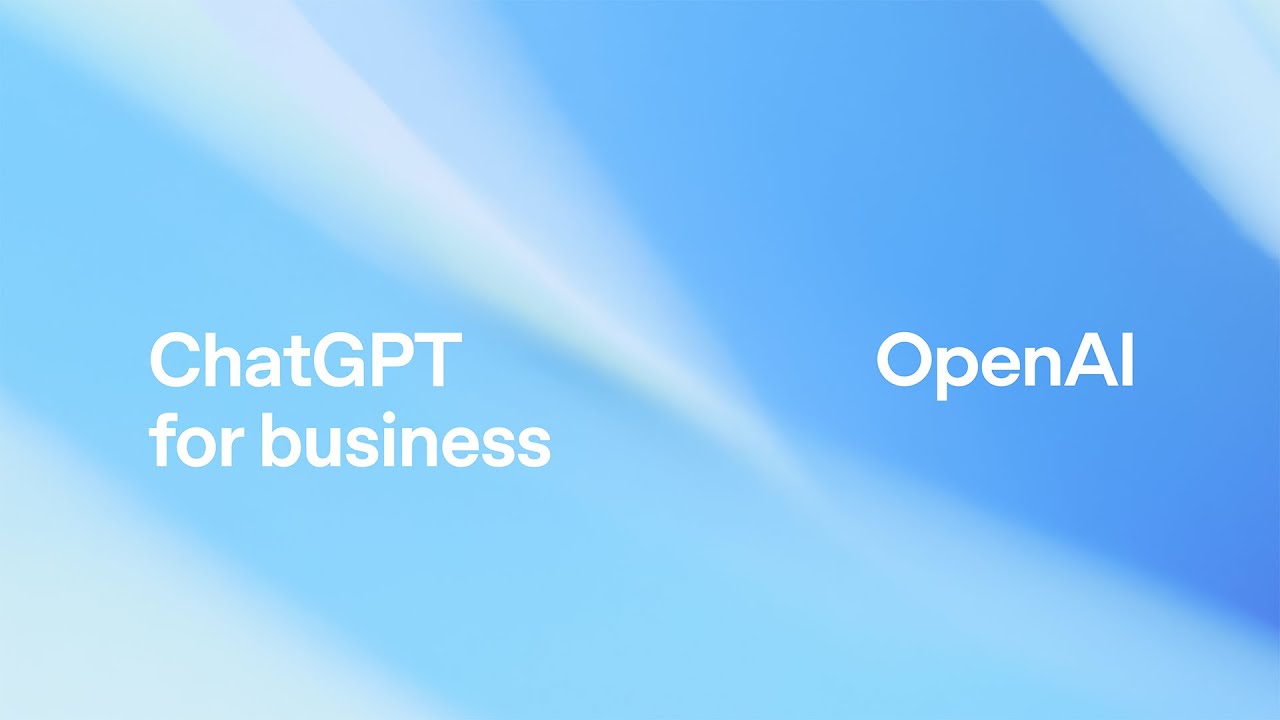The video announces new ChatGPT updates for businesses, including connectors that integrate internal data sources like SharePoint, Outlook, and CRM systems for enhanced research and knowledge access, and a record mode that captures and summarizes meeting conversations to improve productivity. These features are designed to respect data privacy and permissions, enabling organizations to streamline workflows, facilitate better decision-making, and create a more context-aware collaboration environment.
The video announces new updates to ChatGPT tailored for business use, focusing on how organizations can integrate their unique work contexts into the platform. The product team explains that these updates enable users to connect internal knowledge sources to ChatGPT, allowing for more relevant and timely information retrieval. Importantly, the system respects existing user permissions and maintains data privacy and security within team and enterprise workspaces. The two main features highlighted are connectors to internal data sources for research and queries, and record mode, which captures and synthesizes meeting conversations to enhance knowledge management.
The first feature, connectors, allows organizations to link various internal data sources such as SharePoint, Outlook, Teams, GitHub, and CRM systems like HubSpot. Neil demonstrates how these connectors facilitate deep research by enabling ChatGPT to search across multiple private and public sources simultaneously. For example, he shows how to query potential distribution partnerships for a fictitious product, Animal GPT, by cross-referencing data from different apps. This process significantly reduces the hours or days typically spent manually sifting through multiple platforms, thereby accelerating research and decision-making.
Priy and Dibbo then showcase how users can perform quick, targeted searches within their internal knowledge base to get summaries, analyze data, or synthesize information from various documents. They emphasize that the system automatically understands when internal knowledge is needed and allows manual source selection for more control. The responses are permission-aware, ensuring users only access data they are authorized to see. This capability helps teams stay updated on company strategies, product performance, and stakeholder insights efficiently, streamlining workflows and reducing information silos.
The second major update, record mode, addresses the challenge of capturing and utilizing meeting conversations. Sandra demonstrates how the feature records audio from meetings, transcribes it, and generates structured summaries with key points and action items. The system links back to the full transcript with timestamps, enabling users to revisit specific parts of the conversation for context. This feature acts as a digital memory, allowing teams to recall decisions, extract relevant details, and create follow-up documents without the distraction of manual note-taking, thus enhancing meeting productivity and knowledge retention.
Finally, the video highlights the expansion of connectors, including new integrations with platforms like Box, Dropbox, Gmail, Google Drive, and custom connectors via MCP (Model Context Protocol). Neil explains how organizations can publish custom connectors internally, enabling access to proprietary databases or tools. Additionally, OpenAI is introducing more flexible pricing, adding credits to existing workspaces so users can access advanced features without additional costs. Overall, these updates aim to make ChatGPT a more powerful, context-aware collaboration tool that seamlessly integrates into enterprise workflows, helping teams work smarter and faster.
